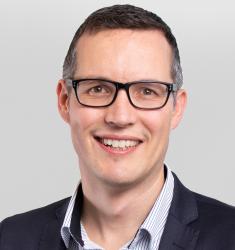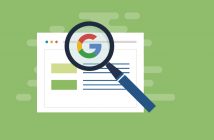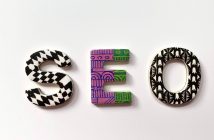In my lifetime it will become irresponsible to drive yourself. That is one of my predictions of the future.
I expect to hear one friend scold another: “I can’t believe you drove yourself! That is so dangerous!”
I also predict that driverless cars combined with Uber (or whatever new app replaces it) will decrease congestion on the roads. Instead of rush hour being filled with single-person cars, Uber will offer a discount for ride-sharing and will be able to coordinate driverless cars to pick up people who live near each other and have destinations close to each other.
There won’t be any fear getting stuck in a car with someone you can’t stand – you’ll simply rate your passengers at the end of the ride and tell Uber if you don’t want to ride with a specific person again.
What is more, cars will be able to travel faster and closer together. At this stage driverless cars rely on sensors to measure their surrounding environment and make decisions based on those readings. But in the future, I expect a standardised protocol will be developed for cars to communicate with each other. When the light turns green the cars won’t have to wait for the car in front of them to start moving; instead, the cars will communicate together and all cars could start moving almost at once.
The two-second rule will be forgotten because human reaction time will no longer need to be accounted for. This will lead to trains of cars, driving close together at higher speeds, all communicating together. While this may sound unsafe with our current technology, it will actually be very safe, because if the front car senses an event that requires it to brake that signal will be instantaneously sent to all the other cars in the line, enabling them to all brake at the same time, just like a train. We’re certainly many years away from seeing this, but I expect that within my lifetime we’ll see dedicated lanes for self-driving cars that will enable these developments.
A less stretching prediction for the future is that Hamilton will become the centre of e-commerce for New Zealand. Just like Torpedo7 and 1-Day are phenomenal Hamilton-grown successes, the development of the inland port, combined with our central location, will enable Hamilton to become the ideal location for growing large e-commerce businesses in New Zealand.
Logistics will see some enormous changes too. Many people have predicted drones to be used for delivering goods. I think the hurdles for delivery to residential addresses will take many years to solve, but in the much shorter term I expect drones will first become common use for business internal deliveries between locations, such as moving smaller goods quickly around the inland port.
Other predictions I have for the future are that the Yellow Pages book will finally stop being printed due to the world moving predominantly to digital advertising; Matt Stark will own almost the entire Hamilton CBD! He will be personally responsible for turning Hamilton into the most stylish CBD in Australasia. And digital advertising will become more expensive.
Digital advertising is the most powerful and measurable way to reach your target market. However, it is becoming more expensive, and will continue to do so. Reports last year found that Facebook’s advertising costs increased by 122 percent for the same reach.
What the increase means is that your digital ads and campaign structure need to be highly optimised to be able to achieve strong returns. If you’re not yet investing heavily in digital marketing, you should be. Even though costs have already increased, it’s still cheaper than it will be in the future. So, invest in excellent digital campaigns now and get the business growth you’re aiming for.




